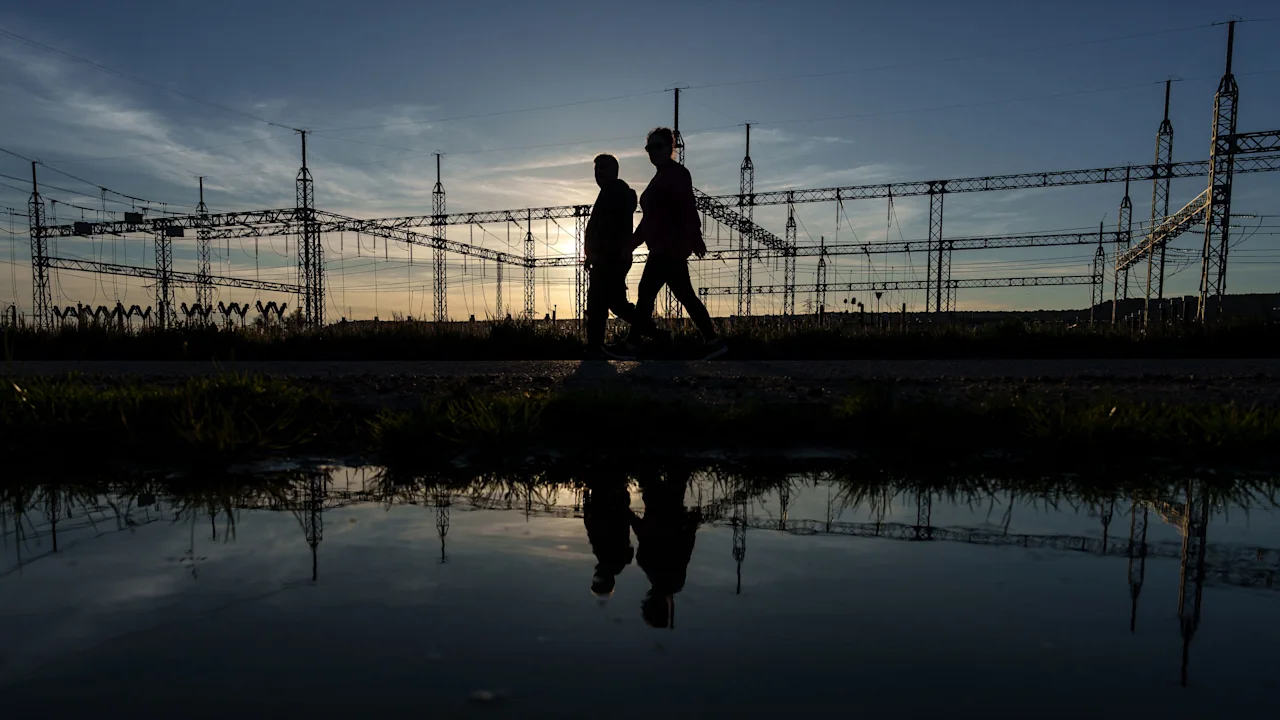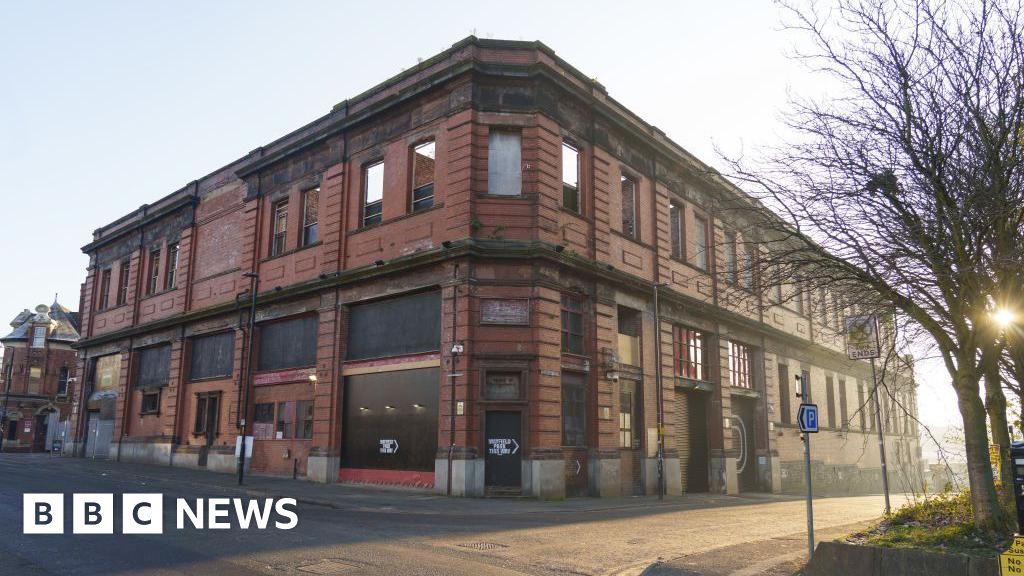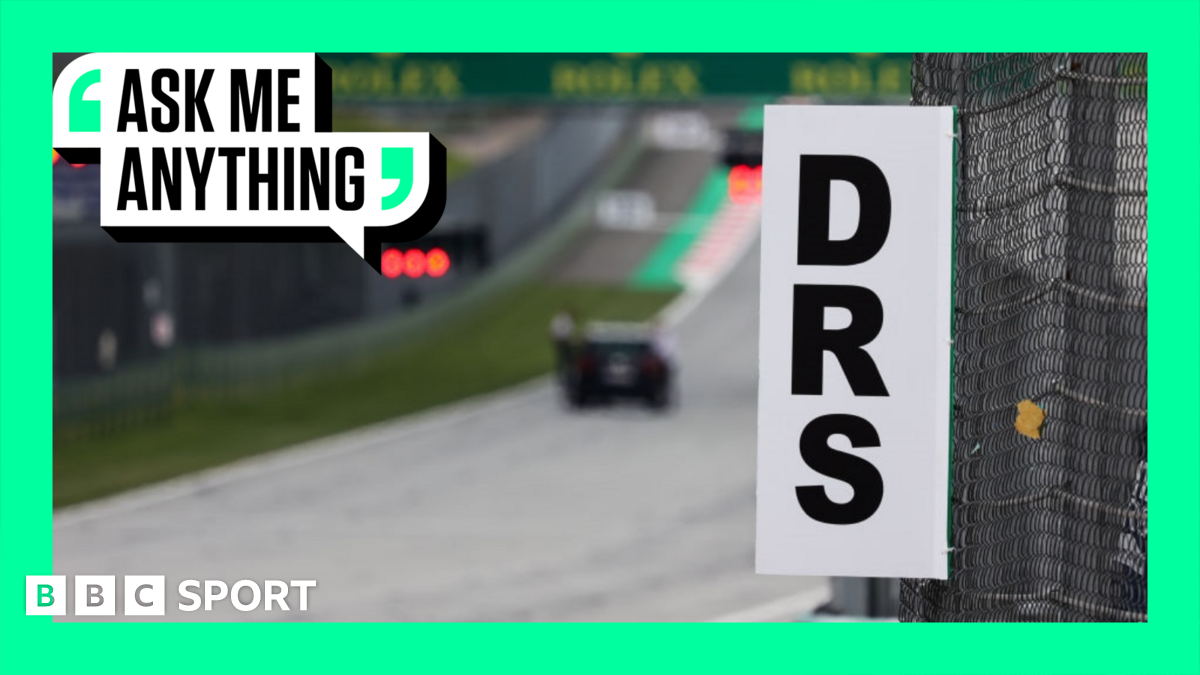The massive blackout in Spain, Portugal, and France exposed a global power crisis. Now what?

On the morning of April 28, large parts of Spain, Portugal, and southern France went dark. A massive blackout left millions without power, halting trains mid-track, cutting mobile networks, and rattling the foundation of one of Europe’s most advanced energy grids.
In the days that followed, experts and media outlets scrambled to explain what had happened. Was it a cyberattack? Human error? A structural failure? More than two months later, official investigations are ongoing. Early statements by the Spanish government confirmed that although no single cause has emerged, it wasn’t a cyberattack.
While the exact cause remains under review, one thing the energy industry agrees on is clear: This can’t keep happening.
“A relentless cycle of evolution”
“Power systems are not only extremely complex, they are also in a relentless cycle of evolution—with new parts coming in and old ones going out—all while remaining stable and dependable 24/7,” says Richard Schomberg, special envoy for smart electrification at the International Electrotechnical Commission (IEC).
The problem is that many of today’s systems weren’t built for this era of energy evolution. As traditional power plants go offline and renewables come online, grid stability becomes harder to guarantee. What once worked isn’t working anymore.
“There are many causes for failure in an electric system,” Schomberg notes, “from design limitations to user error to cyberattack to a sudden uptick in use.” The goal of a resilient grid, he says, should be to “divide and conquer”—isolating failing parts of the network quickly to avoid destroying critical infrastructure. But in practice, this often results in brownouts or blackouts.
The April event wasn’t just a wake-up call for Europe. It was a warning for the world. And it echoed similar large-scale disruptions in the U.S. (notably in Texas in 2021), Pakistan, and parts of Africa, where fragile infrastructure, outdated protocols, or extreme weather have repeatedly revealed how brittle many modern grids remain.
“It’s not just about having more power”
According to energy experts, one of the biggest culprits in grid fragility isn’t malicious intent; it’s poor planning. Anders Lindberg, president of Helsinki-based Wärtsilä Energy, points to the growing gap between ambition and infrastructure. “As we bring more renewables online, we’re not replacing the stability that traditional power plants used to provide,” he explains, noting that stability once served as a kind of “shock absorber” for the grid. When it disappears, even small disruptions can spiral into systemic failure.
Wärtsilä’s approach focuses on fast-ramping engines and hybrid systems that can stabilize the grid when the wind dies down or clouds roll in. “In Scotland, for example, we partnered with Zenobe to deliver grid-forming batteries that can restart the system if it goes down,” Lindberg says. Wärtsilä’s systems also have “black start” capabilities, meaning they don’t depend on external power to turn on.
While large utilities play a role, startups are also part of the puzzle. Norway-based Heimdall Power uses sensor technology and AI to monitor grid infrastructure in real time. “With our sensors, you get actual capacity data from the grid, not static limits based on weather or assumptions,” CEO Jørgen Festervoll tells Fast Company. “That kind of real-time visibility can mean the difference between targeted intervention and total system collapse.”
Conventional grid monitoring typically relies on fixed thermal limits and weather-based estimates, which often underrate the actual capacity of power lines. Heimdall’s sensors measure real-time line temperature, current, and sag—allowing operators to safely optimize capacity without overloading.
Festervoll adds that events like the Iberian blackout are no longer rare anomalies; they’re signals of deeper grid instability. “It’s not just about having more power,” he says. “It’s about knowing where that power is going and when things might go wrong.”
“You need storage that can scale with demand”
For many experts, the grid of the future isn’t centralized. It’s flexible, distributed, and intelligent. This is where battery innovation comes in. While not part of the blackout investigation, companies like Morrow Batteries are positioning themselves to help solve the intermittency problem at scale.
Morrow Batteries, which aims to reduce battery costs by 50% while cutting emissions, is building a factory in Norway with a target capacity of 43 gigawatt-hours focused on high-efficiency lithium-ion cells. CEO Lars Christian Bacher says “scale and proximity” are what make local solutions like Morrow important: “You can’t just have generation—you need storage that can scale with demand.”
According to the “Net Zero Emissions by 2050” scenario of the International Energy Agency, grid-scale battery storage capacity needs to grow from around 16 gigawatts in 2021 to 680 gigawatts by 2030—a roughly 44-fold increase—to align with net-zero targets agreed to at COP28, the 2023 U.N. climate summit in Dubai.
But technology alone won’t solve everything. The rules of the grid also need to change. Without systemic reform, even the best batteries can’t deliver the results they’re built for.
“Many grid protocols were written for a world of centralized, fossil-fuel power,” Wärtsilä’s Lindberg says. “They don’t account for the unpredictability of wind or solar. You can have the best tech, but if the regulations don’t allow it to respond fast enough, you still fail.”
Wärtsilä, for example, is working with regulators to modernize system response and ensure decentralized assets—like batteries and flexible engines—can step in when needed. The company’s recent hybrid system agreement in Curaçao and its support for Texas grid resilience during the 2021 winter blackout are proof points.
“We have the tools”
Globally, the cost of blackouts is rising. The U.S. Department of Energy projects that by 2030 the United States could experience more than 800 hours of blackouts per year, up from just a handful today.
If current infrastructure and resilience investments don’t keep up, that reality could become grimmer. Add climate volatility to the equation—with more storms, heat waves, and energy demand surges—and the economic stakes grow even higher.
Building for resilience doesn’t only mean faster restoration. It means designing systems that can avoid outages in the first place. A 2024 study by the USC Price School emphasized that investments in power grid resilience are more cost-effective than repeated recovery efforts. The researchers found that “a dollar spent on resilience tactics could avoid several dollars in future outage costs,” particularly in regions prone to extreme weather or infrastructure failure. These tactics range from undergrounding power lines and strengthening substations to integrating decentralized energy systems.
And resilience isn’t only a matter of hardware—it includes coordination, visibility, and smarter protocols that can isolate, contain, and correct anomalies before they escalate.
Yet there’s hope.
“We have the tools. We have the technology,” Lindberg says. “What gives me hope is that countries are starting to take a more pragmatic view, focusing not just on cutting carbon but on building systems that can handle stress.”
IEC’s Schomberg agrees, stressing that standardization will be key: “Energy designs and local constraints will vary, but all systems need technical solutions to monitor, optimize, and stabilize. That’s where IEC standards come in.”
The April blackout in the Iberian Peninsula was a flashpoint, but it shouldn’t be the final word. If anything, it exposed just how fragile our energy systems are when ambition outruns readiness. The next question isn’t whether there will be another blackout, but whether we’ll be ready when it comes.
What's Your Reaction?
 Like
0
Like
0
 Dislike
0
Dislike
0
 Love
0
Love
0
 Funny
0
Funny
0
 Angry
0
Angry
0
 Sad
0
Sad
0
 Wow
0
Wow
0
















































![“Monster Music” Is DomJuanTV’s anthem for the misunderstood visionaries [Music Video]](https://earmilk.com/wp-content/uploads/2022/10/earmilkfiller00005-8-800x380.jpg)









































